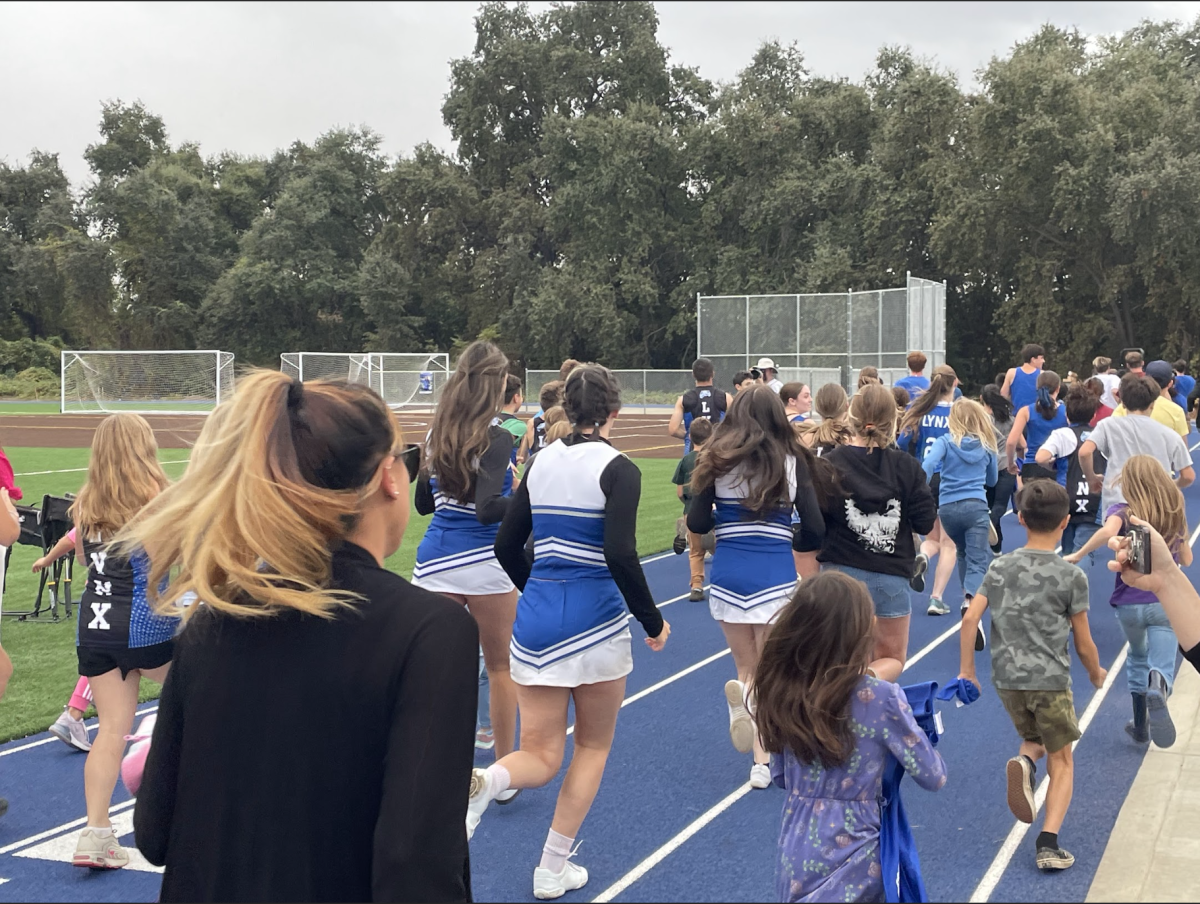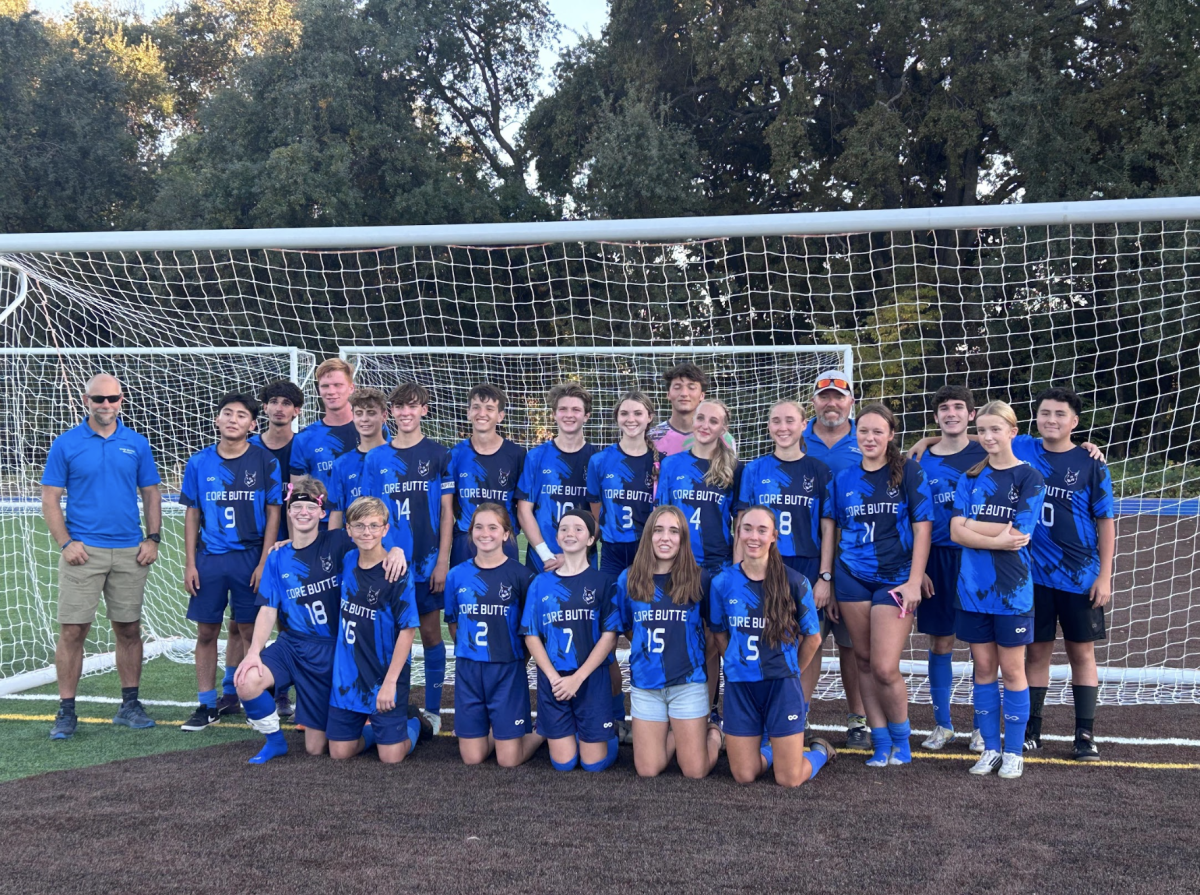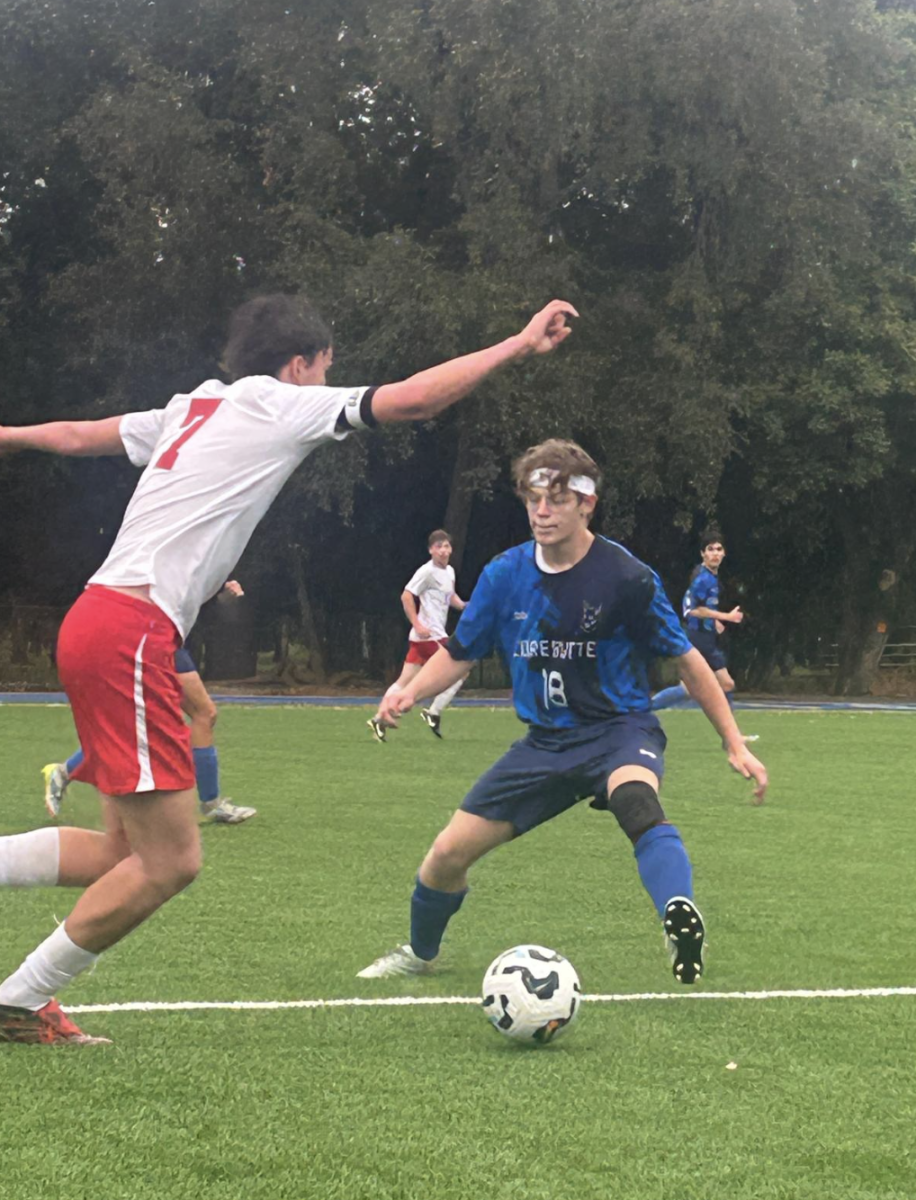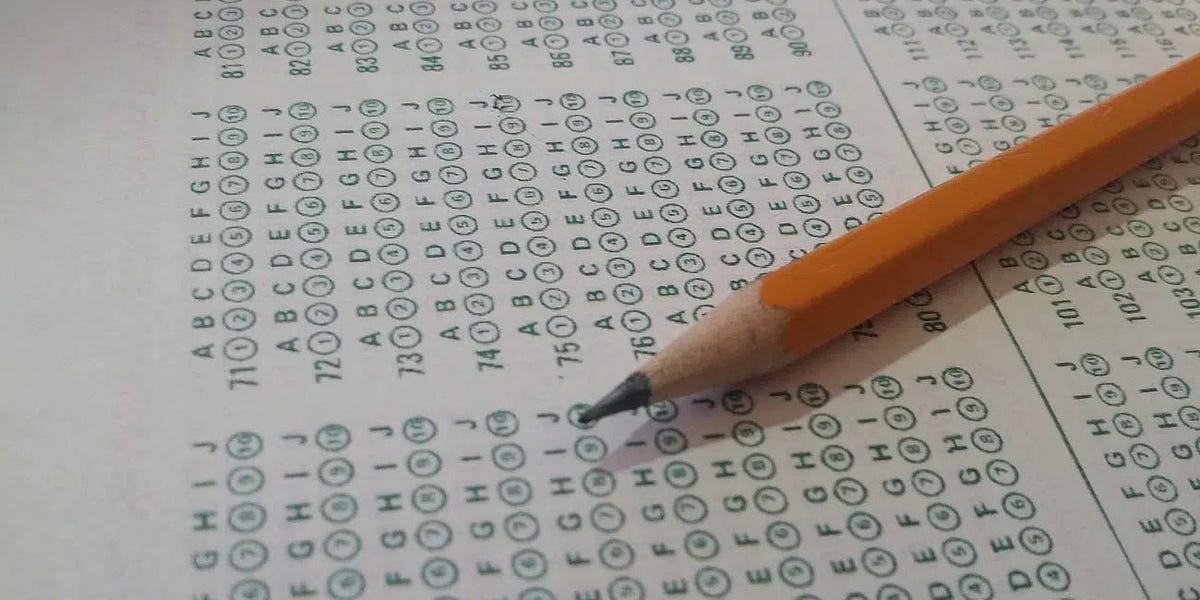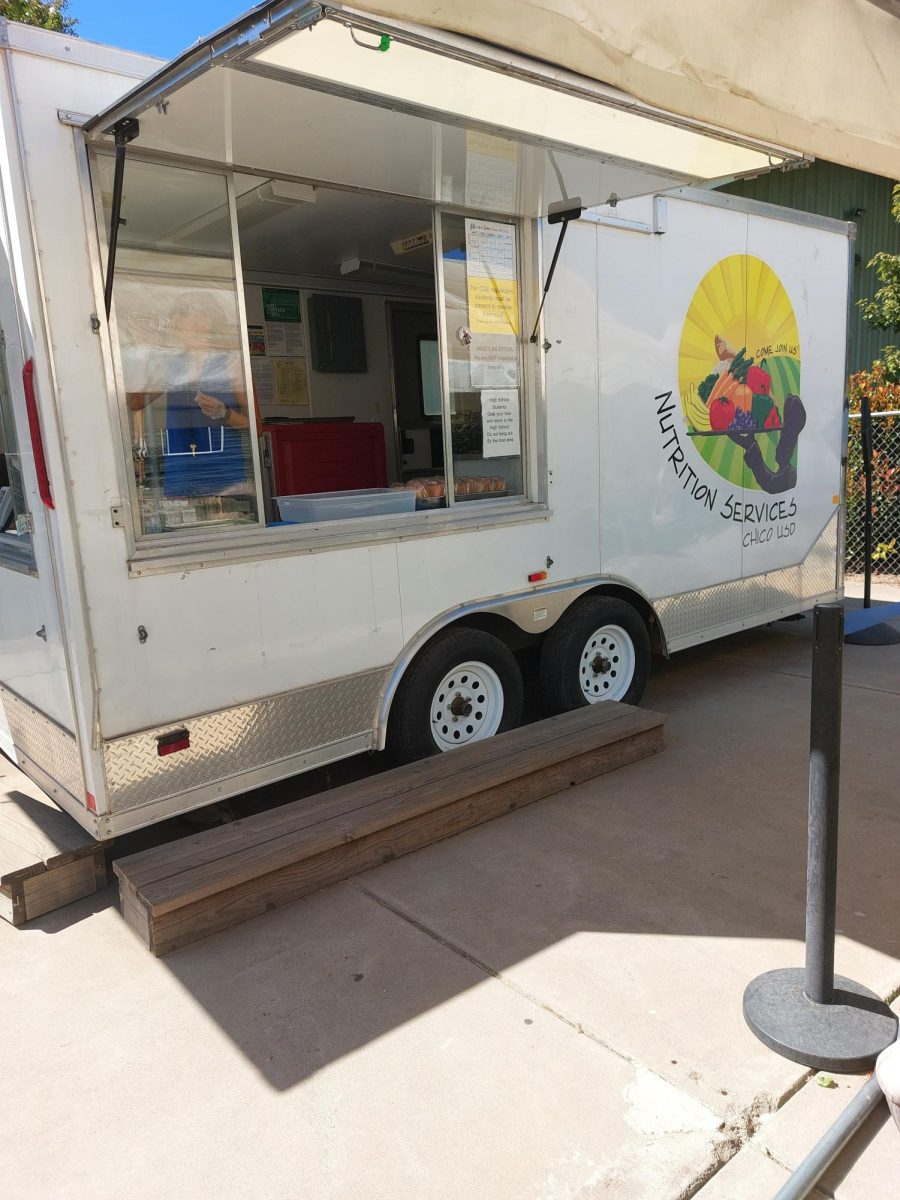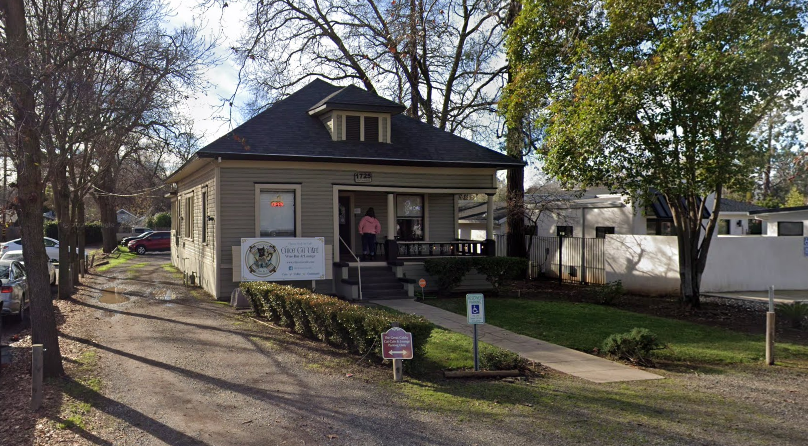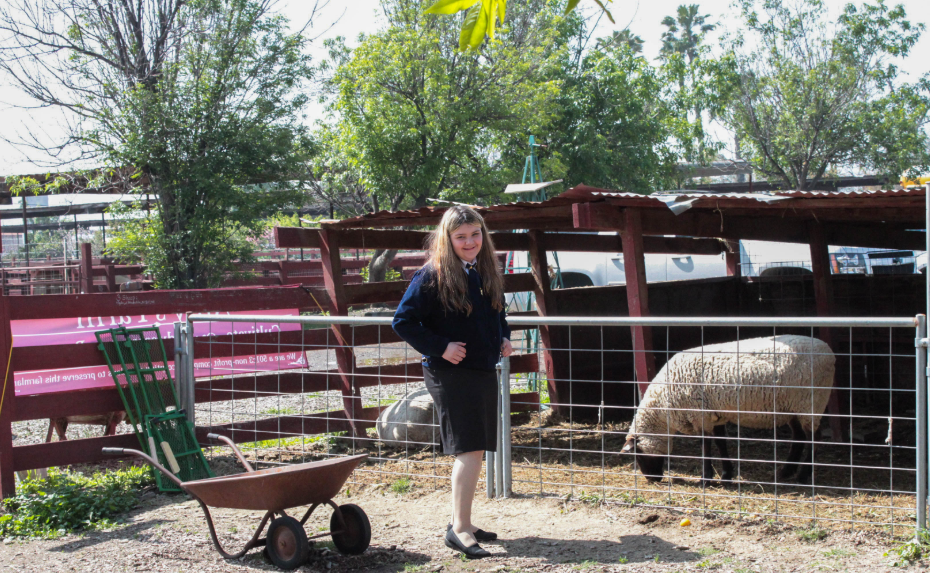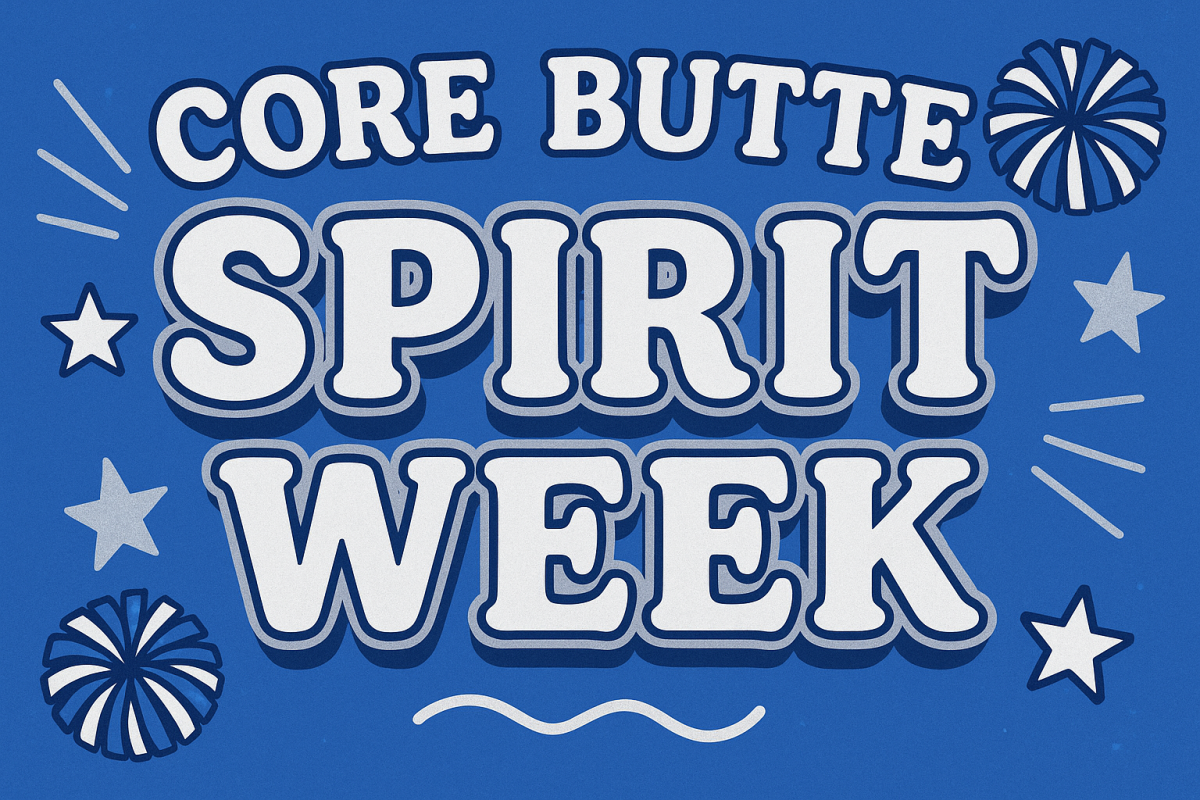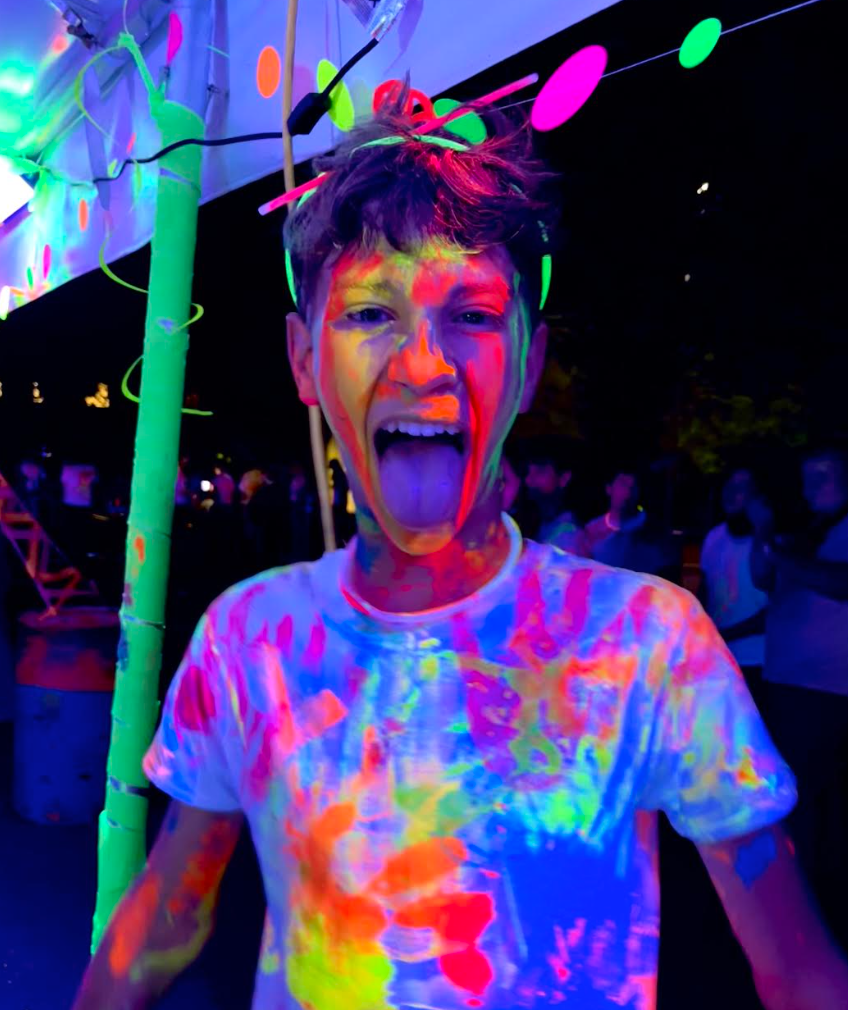With the rise of social media and the constant stream of content, it’s easy to feel disconnected from traditional school events that once united students. The excitement around activities like pep rallies, dress-up days, and sports events may fade in the face of a more digital and individualistic world. As students become increasingly focused on personal expression and online communities, the sense of school spirit might seem like an outdated concept. But does that mean school spirit no longer has a place in today’s schools, or are we witnessing an evolution in how it’s expressed?
“That always seemed like middle school or elementary-type stuff, I was never into it when I went to high school,” commented Mike, a CORE parent.
“I don’t care at all,” says Brian, a Junior at CORE.
But, for many students, there’s still an effort to keep the tradition alive.
“I think students are more interested in expressing themselves in their ways, but that doesn’t mean we can’t still have fun with school spirit,” says Jordan, a senior at CORE.
“I don’t think it has to be ‘cringe’—it’s just about making memories while we’re still here,” says Riley, a Freshman at CORE.
Leo, a senior, agrees: “I’m not into sports, but we did a ‘Talent Showcase’ during Spirit Week a few years ago, and it was great.”
Students today are seeking more authentic ways to belong and express themselves, whether through student-led clubs, creative projects, or digital platforms that allow them to connect with peers who share specific interests. Some schools have found success by reimagining school spirit events to reflect current student values. Eagle High School in Boise, Idaho, for example, has made school spirit a more personal experience through student-led initiatives. The school’s “Spirit Week” includes non-traditional events like a TikTok challenge, where students share videos on themes like “school pride” or “What Makes Eagle Unique.”
Montpelier High School in Vermont has taken a different approach, integrating environmental sustainability into its spirit programming. Their annual “Green Week” includes eco-friendly activities like a campus clean-up, a clothing swap, and tree-planting. By connecting school pride to a global issue, they’ve found a way to make spirit meaningful for environmentally conscious students. Instead of mandatory pep rallies, many schools now host optional themed days with broader appeal, like career exploration fairs, talent showcases, or cultural celebration weeks where students can share their diverse backgrounds.
As we move further into the digital age, the concept of school spirit isn’t fading—it’s simply transforming. Students aren’t rejecting school spirit altogether; they’re reshaping it into something more relevant. Whether cheering on a sports team, joining a robotics club, or posting a clever TikTok for Spirit Week, students still crave a sense of connection—they just want it on their terms. The challenge moving forward is not to force outdated traditions onto students but to recognize the value of school spirit in all its forms. By embracing both the old and the new, schools can cultivate an environment where every student feels like they belong, just in their unique way.


